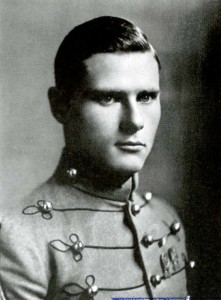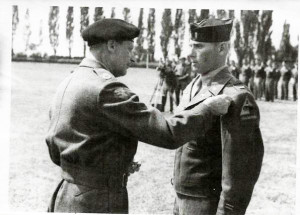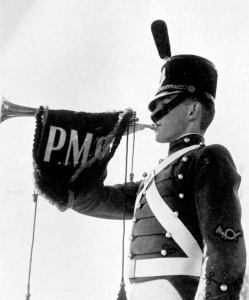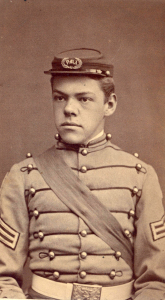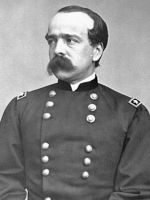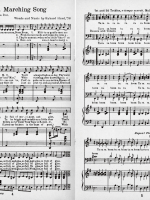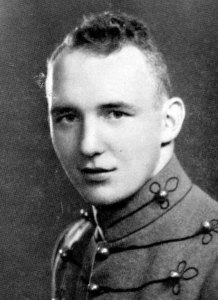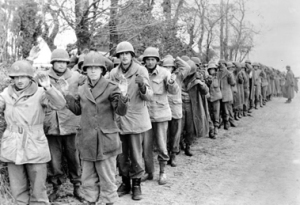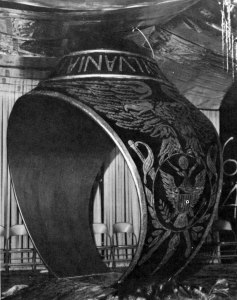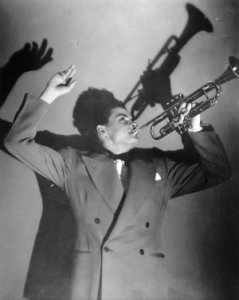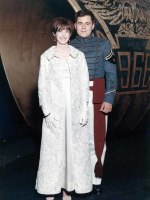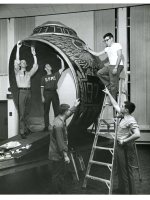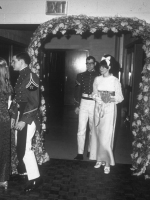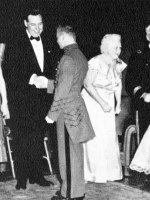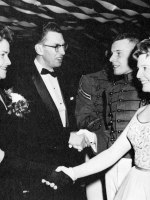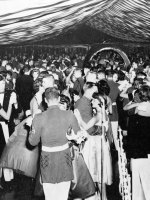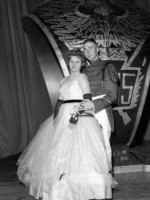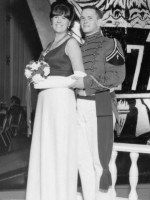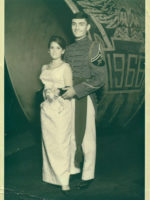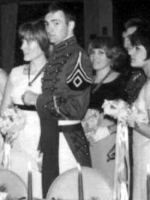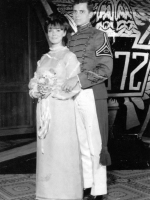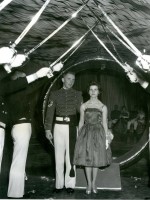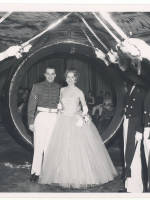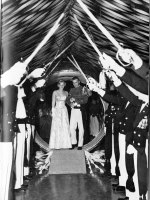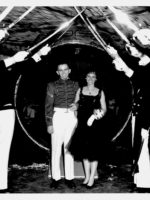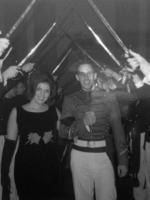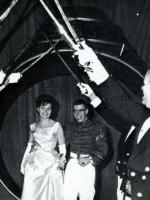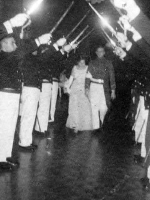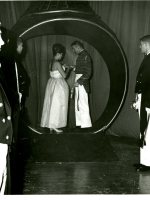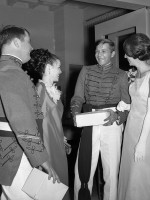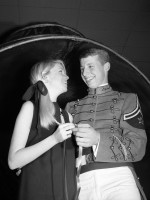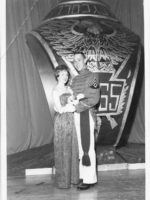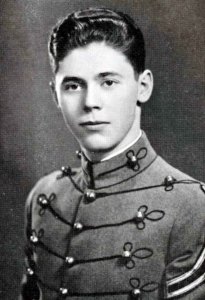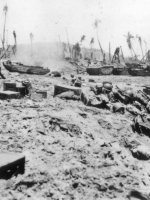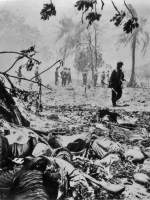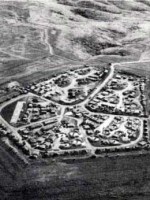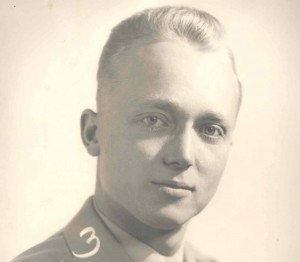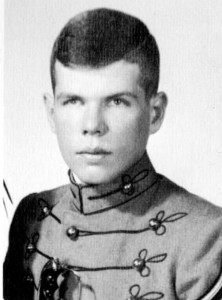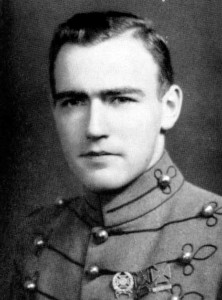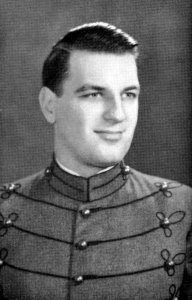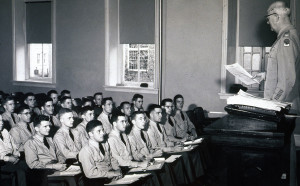 By the 1920’s, the reputation and enrollment of PMC was endangered by a lack of academic accreditation. To overcome these challenges, admissions standards were changed and all high school work was shifted to the Pennsylvania Military College Preparatory School. As Vice-President, Colonel Frank Hyatt also investigated having PMC approved by the Middle States Association.
By the 1920’s, the reputation and enrollment of PMC was endangered by a lack of academic accreditation. To overcome these challenges, admissions standards were changed and all high school work was shifted to the Pennsylvania Military College Preparatory School. As Vice-President, Colonel Frank Hyatt also investigated having PMC approved by the Middle States Association.
Founded in 1887, The Middle States Association is an organization that provides schools, colleges and universities affirmation that they meet the established and rigorous academic standards of the Association. The value of this accreditation is the recognition that a reliable and independent authority has affirmed the quality of education offered by a college or university.
Colonel Hyatt learned that PMC did not meet the standards for accreditation by Middle States because
PMC was a private military college with no endowment.
Its library facilities were lacking.
The relationship with the preparatory school was to close.
To meet the requirements of Middle States, PMC began to expand the library, in large part due to gift of 3,000 books from Dr. James H. Gravell, of the Board of Trustees, and the appointment of Albert Corpening as the first librarian. In addition, steps were taken to make the preparatory school separate, including making Karl Agan, the College Registrar, Headmaster of the Pennsylvania Military Preparatory School.
In 1947, new efforts were made to gain accreditation, including building a new library. Unfortunately, the visiting committee from Middle States denied the college’s application in 1949 because of a lack of financial stability. With the arrival of General Edward E. MacMorland in 1953, a detailed plan had been developed to accomplish the goal of achieving Middle States accreditation. Under the General’s leadership along with the many improvements made over the past 10 years by other dedicated people, PMC was ready. Despite several areas that needed “clarification,” PMC was accredited in 1954.
During a follow-up evaluation in 1957, which was to confirm the findings of the 1954 evaluation, the Middle States Visiting Committee commended PMC for its “administration and leadership, improved alumni relations, good record keeping, improved financial and budgetary situation, high spirit and morale of students and good library leadership and staff.”
